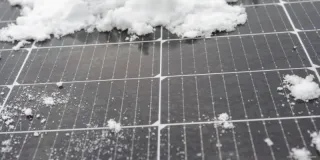Page Not Found
We’re sorry, we couldn’t find the page you were looking for.
This page may have been moved or deleted. Click here to get back on track!
Or take a look at these helpful tips:

Brace for Impact – What the July Electricity Tariff Increases Could Mean for Your Business
Could rising electricity tariffs hit your business harder than expected this July? Find out what to watch for – and what to do now. ...more
Articles
June 24, 2025•4 min read

How Power Factor Correction Works to Free Up Power (With Real-World Examples)
Can Power Factor Correction really free up capacity without costly upgrades? Discover how it works with real examples! ...more
Articles
June 12, 2025•4 min read

How Harmonics Can Increase Your Electricity Bill
Are harmonics driving up your electricity bill? Learn how to spot the issue and reduce your energy costs. ...more
Articles
May 22, 2025•6 min read

What the 2025 Tariff Increases Mean for Your Business
Will the 2025 electricity tariff hikes hit your business hard this winter? Here’s what to expect – and how to stay ahead. ...more
Articles
May 06, 2025•4 min read

Why Harmonic Distortion Requires Professional Testing
Is your equipment failing unexpectedly? Discover why professional harmonic testing could be the solution. ...more
Articles
April 01, 2025•4 min read

Understanding the differences between active power, reactive power, and apparent power
Understanding active, reactive, and apparent power can help reduce electricity costs and improve efficiency. Learn how power factor correction can benefit your business. ...more
Articles
March 13, 2025•5 min read
Copyright © 2025. Alpha Power Solutions. All rights reserved.
Legal | Privacy Policy | Terms & Conditions | Sitemap
Built with clarity (and coffee) by Strategic Marketing Tribe

